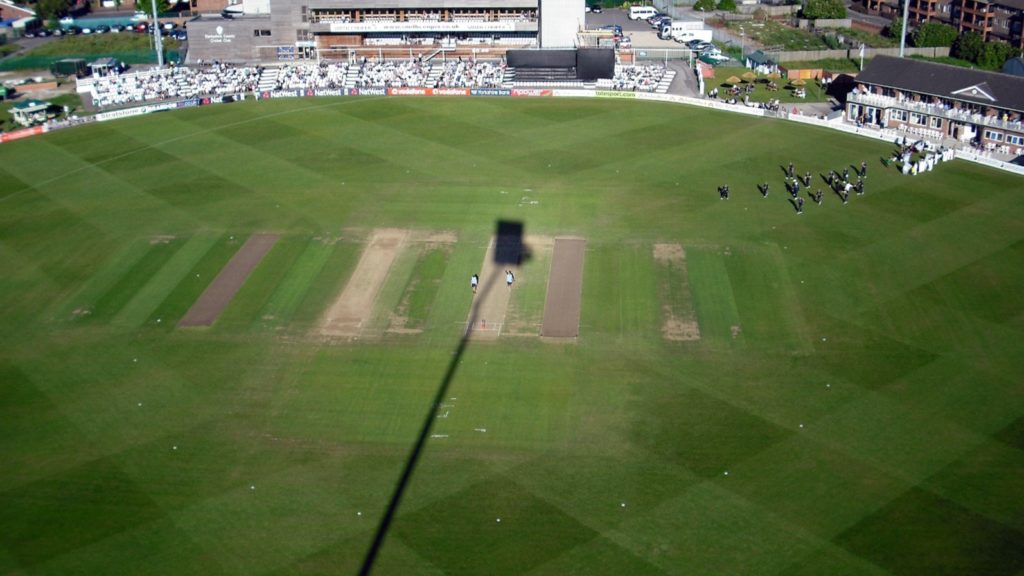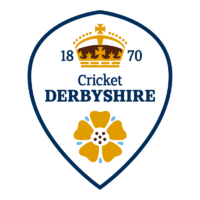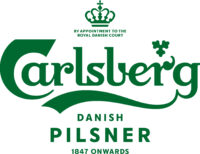
Heritage Officer David Griffin delves into the past to examine the heritage of what we now know as The County Ground.
The County Ground, Derby, has a rich sporting history which includes horse racing, football as well as international and county cricket.
The first recorded reference of cricket played in Derby was in 1785, when a single wicket match took place on 4 August in what is now the Friar Gate area between Edward Smedley and Thomas Hadley. Smedley won by eight notches, but a dispute then led to a fight between the two men which Smedley also won.
In 1793 a cricket team simply known as Derby was beaten by nine wickets in a game played against Sheffield at South Wingfield. This was a time when pitches were generally very poor and this is reflected in the scores; Derby 54 and 30, Sheffield 52 and 31-1.
The game became more organised in the 19th century and in 1835 the South Derbyshire Cricket Club was formed and played on a ground provided by Henry Wilmot at Chaddesden Hall. One day games took place on every Thursday during the season.
There were two significant events in 1848; firstly, the South Derbyshire club moved from Chaddesden to The Holmes although that ground had seen much better days and was to prove only a temporary home. Secondly, horse racing began at the new Derby Racecourse, on the site we now know as Derbyshire County Cricket Club’s headquarters.
Previously, racing in Derby took place in the 17th century at Sinfin Moor and then relocated to some open fields known as The Siddals.
However, in May 1848 the new racecourse opened which included one of only six-mile-long straights in the UK and had as its centrepiece an elegant and large grandstand which was built on the site where The Gateway now stands.
In addition, there was jockey accommodation, a Judges Box and a large Paddock, all of which stood on the area now occupied by the car parking to the side of the Pavilion.
The start and finish line was in front of where the Grandstand Terrace is now situated, and the horses ran around a course which took them over the land now occupied by the main City End Stand and Tea Bar, turning right in front of what is now the covered stand, and then straight on in a northerly direction past the present Marquee up to Hampshire Road, turning right again and then onto the straight, finishing back in front of the Grandstand Terrace.
In 1863, the South Derbyshire Cricket Club decided to move and although a return to Chaddesden Park was considered, the ground was deemed unsatisfactory.
Instead, they decided to rent an area of land in the centre of the racecourse in a position not dissimilar to where the square is now. They played in an east-west direction, the Grandstand being used for both spectators and players.
The first match on the new ground, between South Derbyshire and Rugby School second eleven, was played on 24-25 June 1863, and in September 1868 South Derbyshire played the touring Australian Aboriginals, winning by 139 runs.
Derbyshire County Cricket Club was formed on 4 November 1870, with many of the South Derbyshire club’s players and officials transferring smoothly from one organisation to the other.
It has been well-documented that Derby County Football Club were formed as a direct result of the cricket club; essentially, the cricketers spent the winter months playing football to maintain their fitness, and a good quality football pitch was prepared on the west side of the ground in the area now occupied by the Marquee and outdoor nets.
In 1884 the ground hosted their first Derbyshire Football Association Cup Final and in the same year, Derbyshire (later Derby) County Football Club was formed playing Blackburn Olympic at the ground on 27th September and losing 4-3.
In 1885, an FA Cup sixth Round replay between Notts County and Queens Park Rangers was staged at Derby, attracting a 13,000 crowd, and during the same year a Pavilion was constructed to serve both cricket and football.
By this time, the cricket ground had become constricted by the widening of the racecourse and so an alternative site was prepared on the land now occupied by the covered stand and hotel.
Football continued to prosper, the 1886 FA Cup Final replay was staged at Derby with Blackburn Rovers defeating West Bromwich Albion 2-0 in front of 15,000 spectators, and in 1888 Derby County played West Bromwich Albion in the inaugural Football League season, losing 2-1 on 15 September.
Five FA Cup semi-finals were staged at Derby over this period and in 1895 a full international match took place with England defeating Northern Ireland 9-0. In the same year, Derby County relocated to the Baseball Ground.
Derbyshire’s cricketing fortunes had fluctuated over these early years; when the 1887 season ended, the county lost their first class status due to the poor quality of the cricketing performances, and although the club still played non first-class fixtures, it wasn’t until 1894 that Derbyshire was re-admitted to the first class ranks.
In 1910, the elegant, but ramshackle grandstand was demolished and within a year a new grandstand, and hotel, were erected on the same site as the former building.
Cricket and horse racing continued alongside each other, albeit on different, but adjacent grounds, until 1939 when the final race took place.
In the same year, a new concrete stand was built alongside the Pavilion to offer an elevated view of the cricket. However, when the season ended, the Second World War began and although cricket was played during the ensuing six-year period, it wasn’t first class.
In 1942, the recreation company’s lease expired, and the council refused to renew it on the grounds that undesirables could be attracted to the town if horse racing took place. Horse racing had therefore ended on the site after almost 100 years.
When organised cricket resumed in 1946, the game was still being played on the ground now occupied by the covered stand and hotel, but plans were afoot to move back to the original position in the centre of the racecourse.
Continues below Image Gallery.









